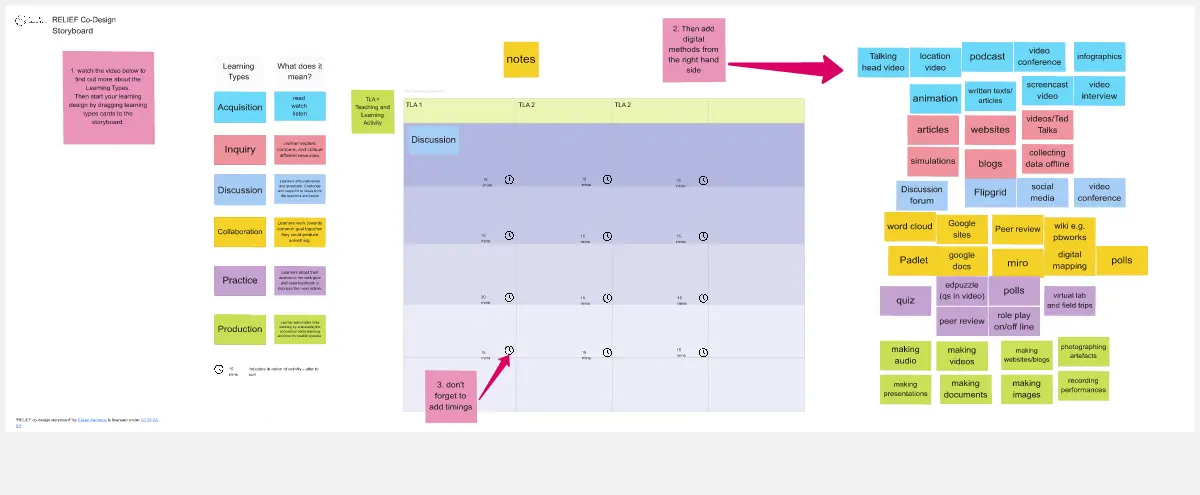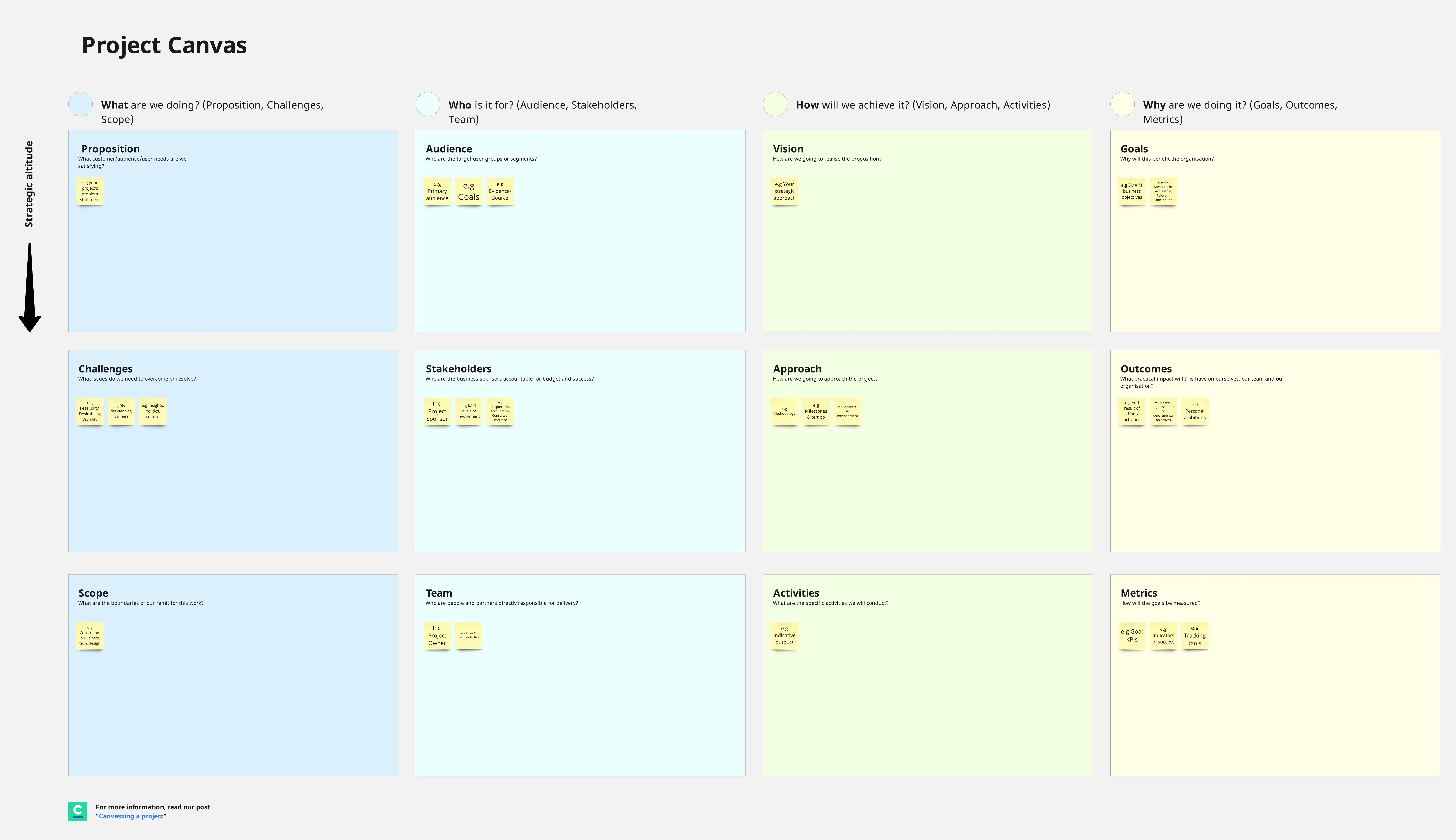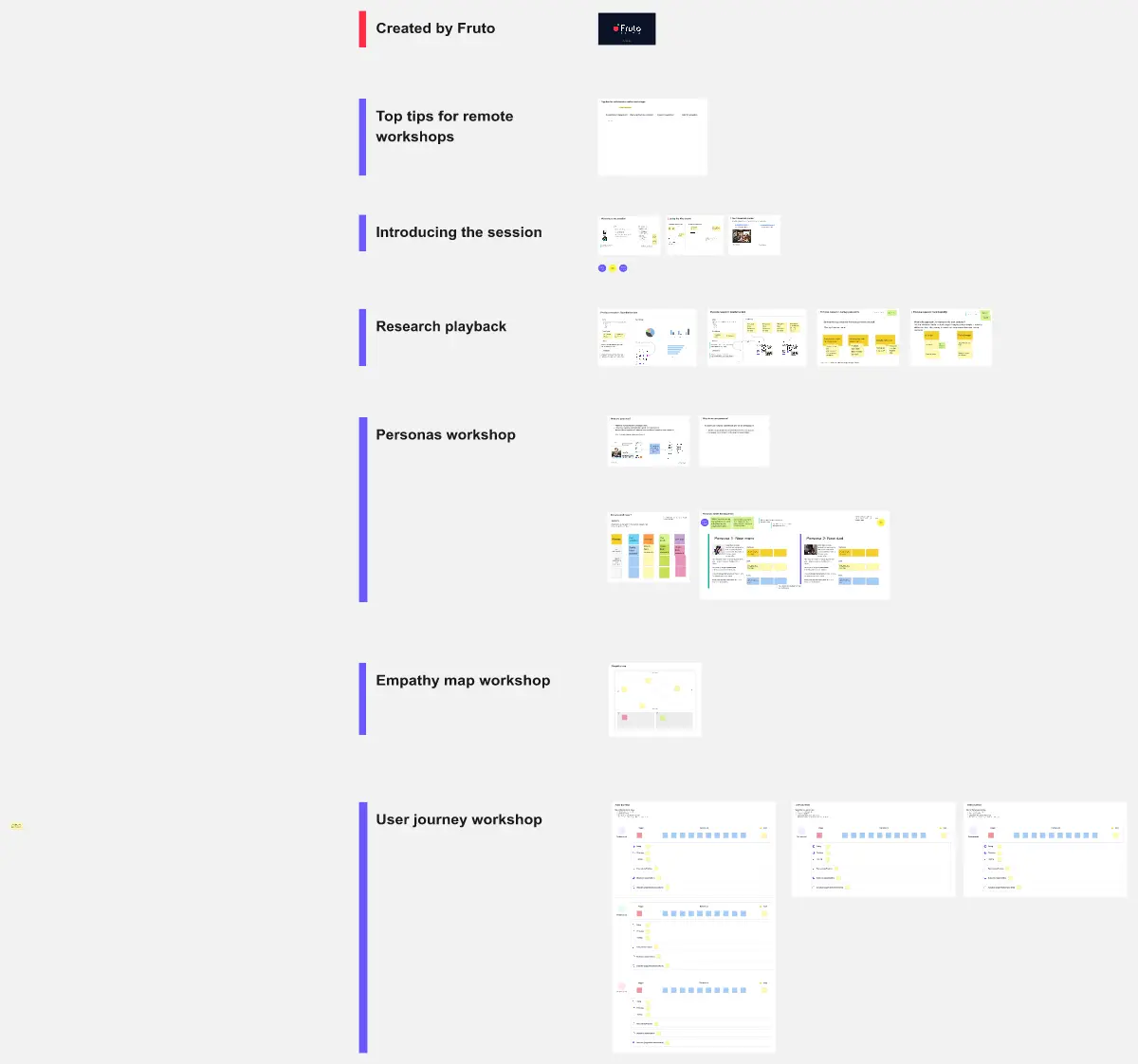Despite the increase in popularity, confusion remains around what co-design is and is not. It’s easy to become lost in the messy landscape of design, innovation, engagement and research methods.
Over the past decade of working in design-led social innovation, I’ve learnt that co-design is suitable in some contexts and not in others. We need to think carefully about who we are in relationship to the people we want to work with (power differentials) and how we are practicing the mindsets for co-design (not just jumping to tools). We also want to build on what is already strong in the context we plan on working in (strengths-based practice). I find that using this co-design planning tool is a great way to slow down, acknowledge what already exists and be more rigorous in our decision making.
It’ll take you through three key phases:
Assess the fit for co-design for you and the process. This is about determining if the work you want to do is needed, if it will add value to the lives of people with lived experience, and if so, if you should be leading it.
Align your mindsets. Co-design uses inclusive convening to share knowledge and power. So before getting started, you’ll want to identify how you will build new relationships, capability and capacity for boundless curiosity.
Start planning your co-design process. You’ll answer a few questions in the first two phases of the co-design process to start planning your initiative.
Want to learn more about co-design? Please read my full article on what is co-design or my book, Beyond Sticky Notes: Doing Codesign for Real.






